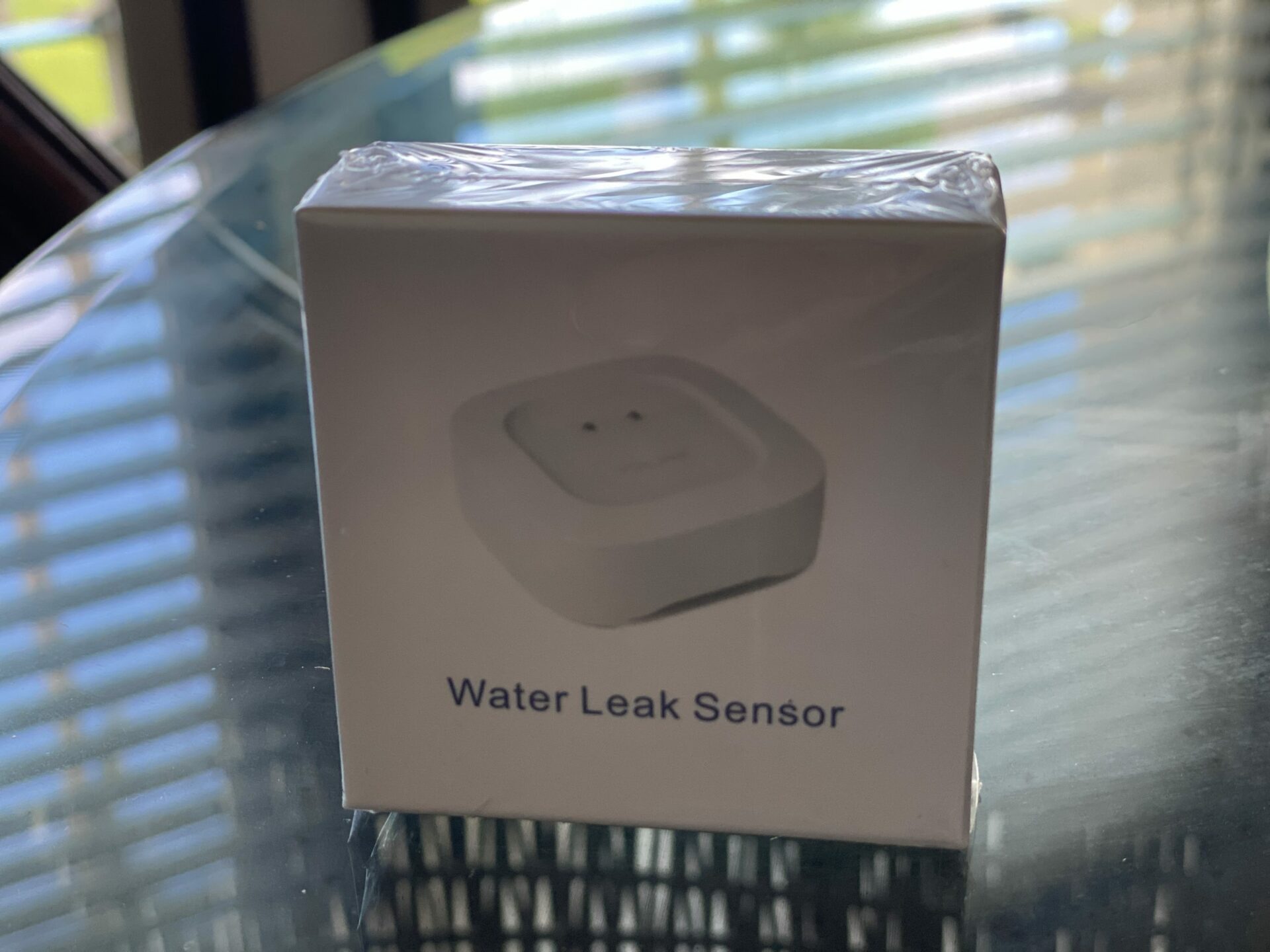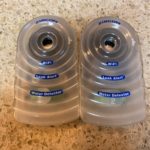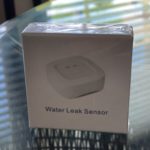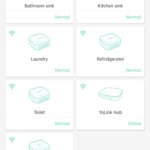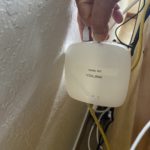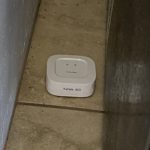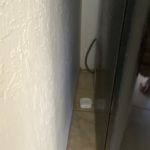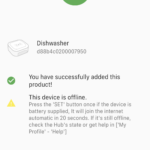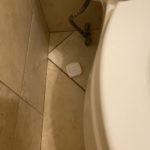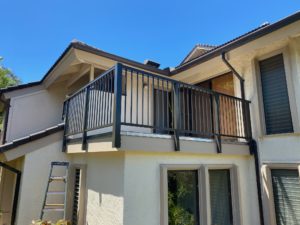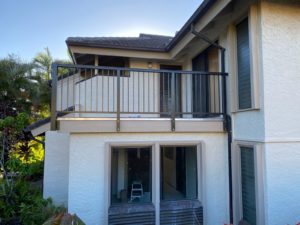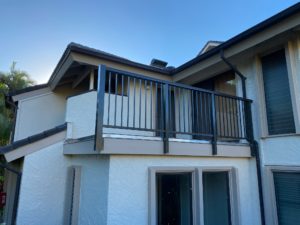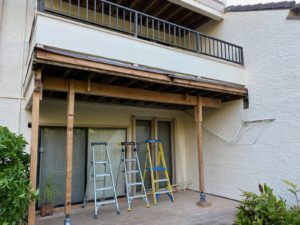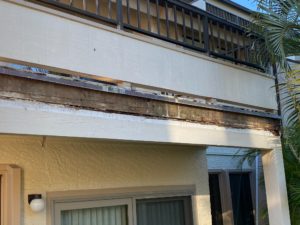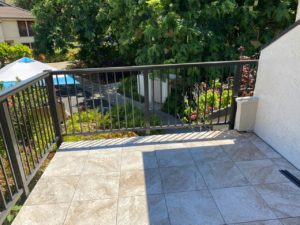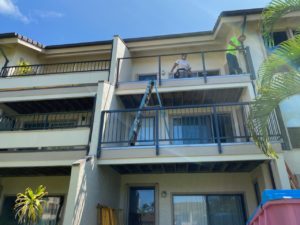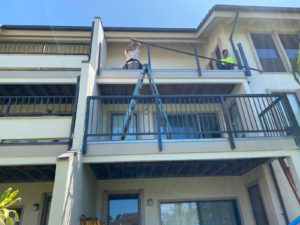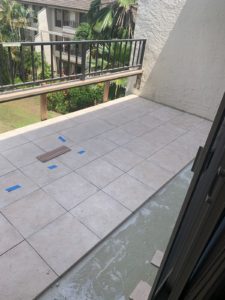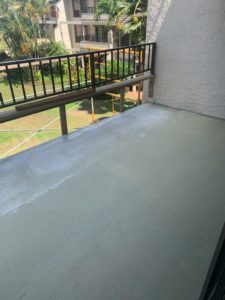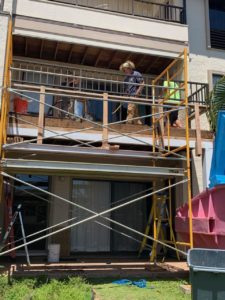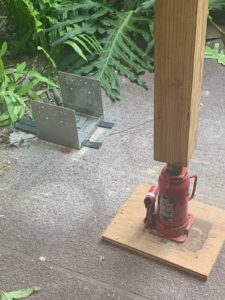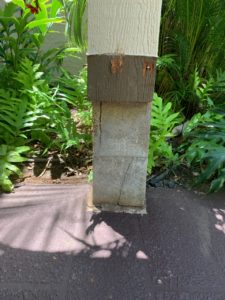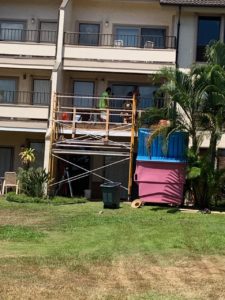Below is the condominium unit order list as to what order construction will begin for lanai replacement. The order is listed in groups of two or three units (the bottom floor unit is listed, as it will be effected by noise and scaffolding, but no entry into the unit will be required). Units not listed are already completed or work is currently being done. Timing of this work will be
extremely fluid.
The order should remain firm and timing can be estimated as this project progresses. We will send emails to owners and rental agents as completion of units occurs with regular updates to all.
In January 2021, work should begin for the first units. Each part of the project includes the repair of two lanais (the side units have two lanais).
The ceiling of the lanais will remain off all of the units until all repair work is completed. Ceiling structures will be replaced by appointment sometime in 2022. Due to each lanai presenting unique repair issues and coordinating between the construction/tile, railing and gutter contractors and material supply, giving even a vague timeline for that part of the work is unfeasible.
Click on the link to download the pdf schedule.
Again, mahalo for your patience. We know this project impacts you at a time when we are already reeling from the effects of COVID-19.
[mdocs single-file=”329″ ]
